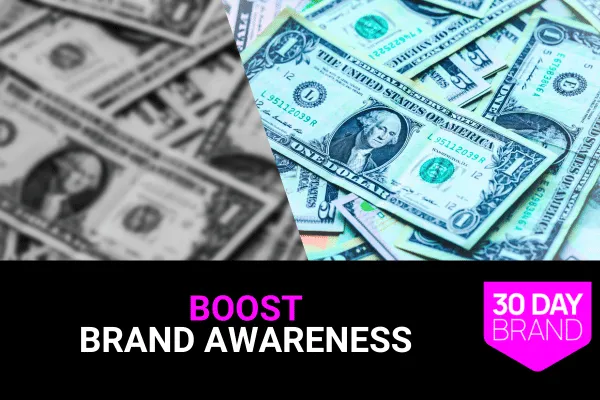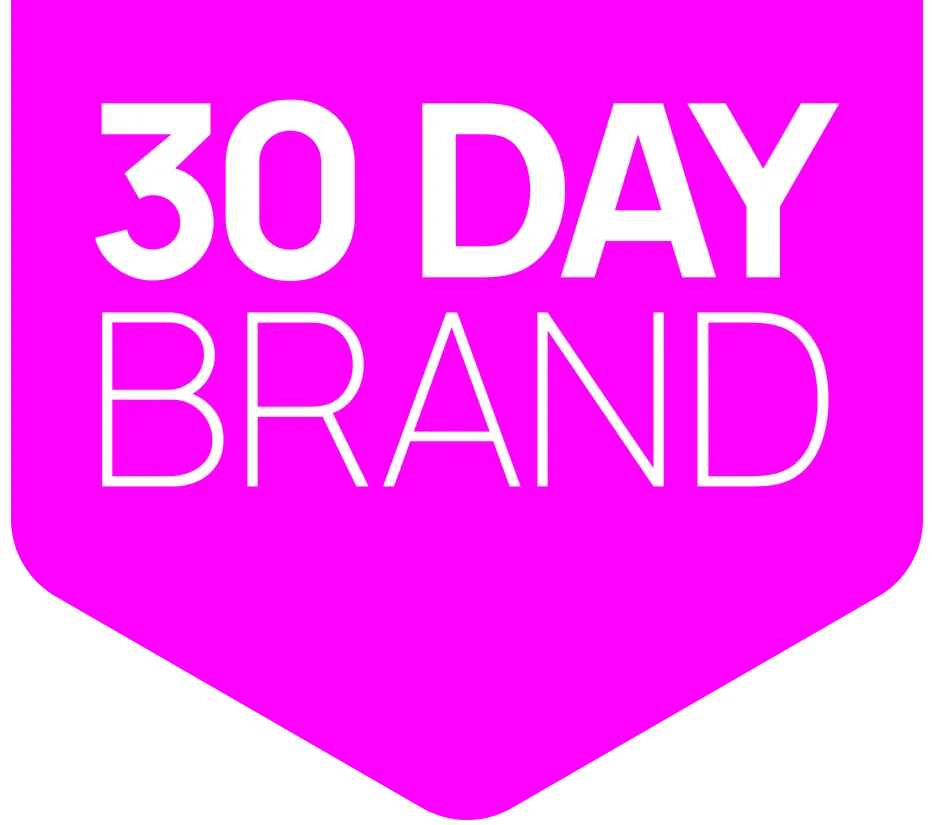
How to Increase B2B Brand Awareness: 12 Proven Strategies
B2B Brand Awareness Definition
B2B brand awareness builds recognition and preference before deals begin. It drives qualified pipeline, faster cycles, and pricing power.
67% of buyers research before contacting sales (HubSpot, 2024). Awareness shapes that early shortlist. This guide serves founder-led B2B firms building a durable client acquisition system with a practical business messaging framework. See the B2B branding guide.
The 12 Awareness Strategies
Strategy 1: Authority Content System
What it is: Research and education that earns trust.
How to do it:
Publish benchmarks and insights quarterly.
Ship how-to guides and playbooks.
Add exec bylines and interviews.
Expected results: 3× more leads than outbound (HubSpot, 2024).
Time to implement: 4–6 weeks, then ongoing.
Learn more in the B2B branding guide.
Strategy 2: Thought Leadership Engine
What it is: Leaders who shape category conversations.
How to do it:
Define 3–5 pillars your buyers care about.
Post weekly on LinkedIn.
Place trade bylines monthly.
Expected results: 64% of buyers trust thought leadership over ads (Edelman, 2024).
Time to implement: 4 weeks setup, ongoing.
Messaging tie-in: the brand messaging framework.
Strategy 3: Strategic Partnerships
What it is: Co-marketing with platforms and associations.
How to do it:
Co-publish research and webinars.
Exchange guest posts and newsletters.
List in marketplaces your ICP uses.
Expected results: Increased reach to pre-qualified buyers.
Time to implement: 6–12 weeks.
Strategy 4: Event Marketing Excellence
What it is: Conferences and webinars that build relationships.
How to do it:
Pre-book meetings with target accounts.
Run focused demos with outcomes.
Follow up within 48 hours.
Expected results: Higher meeting acceptance rates.
Time to implement: 8–12 weeks.
Strategy 5: Targeted Digital Ads
What it is: LinkedIn, Google, and programmatic reach.
How to do it:
Run Sponsored Content to ICP titles.
Defend brand terms in search.
Retarget visitors who engage.
Expected results: Faster recognition among in-market buyers.
Time to implement: 2–3 weeks.
See the LinkedIn marketing strategy.
Strategy 6: SEO Pillars and Clusters
What it is: Topic hubs for high-intent research.
How to do it:
Build pillar pages with complete coverage.
Link clusters to each pillar.
Refresh quarterly with new data.
Expected results: 80% of top performers document strategy (CMI, 2024).
Time to implement: 6–10 weeks.
See structure in the B2B branding guide.
Strategy 7: Social Presence That Educates
What it is: Channel-fit posts that teach.
How to do it:
Use 40/30/20/10 education mix.
Encourage employee shares.
Repurpose webinars into clips.
Expected results: Higher engagement and recall.
Time to implement: 2 weeks setup, ongoing.
Playbook: the LinkedIn marketing strategy.
Strategy 8: Analyst and Influencer Relations
What it is: Third-party validation that scales trust.
How to do it:
Brief analysts each quarter.
Co-create content with niche influencers.
Pursue landscapes and summaries.
Expected results: More credible mentions across channels.
Time to implement: 8–12 weeks.
Strategy 9: Customer Advocacy
What it is: Cases, references, and communities.
How to do it:
Capture case studies in multiple formats.
Run a reference program.
Host user groups and AMAs.
Expected results: Trust rises when peers validate (Edelman, 2024).
Time to implement: 4–8 weeks.
Strategy 10: Community Building
What it is: Owned or shared ICP spaces.
How to do it:
Launch a group on LinkedIn or Slack.
Seed weekly prompts and resources.
Spotlight member wins.
Expected results: Deeper consideration and referrals.
Time to implement: 2–4 weeks.
Strategy 11: Press and Earned Media
What it is: Credible coverage that compounds reach.
How to do it:
Package data and expert takes.
Pitch targeted trades.
Prep spokespeople with briefs.
Expected results: More branded search and direct traffic.
Time to implement: 3–6 weeks.
Strategy 12: Awareness ROI Measurement
What it is: A scorecard tied to revenue.
How to do it:
Track recall and share of voice.
Map traffic and engagement lift.
Attribute pipeline and win rate.
Expected results: Better ROI from optimized spend (CMI, 2024).
Time to implement: 1–2 weeks.
Benchmarks: branding best practices.
Quick Implementation Guide
Start: Build one SEO pillar and a monthly webinar.
Then: Run LinkedIn ads that promote both.
Measure: Recall, meeting accepts, and sourced pipeline.
Key Statistics
67% of buyers research before sales contact (HubSpot, 2024).
3× more leads from content marketing versus outbound (HubSpot, 2024).
80% of top performers have a documented strategy (CMI, 2024).
See the brand identity design guide for trust-first visuals.
FAQ: B2B Brand Awareness
Q: What matters more, reach or fit?
A: Fit wins. Reach your ICP with valuable content.
Q: How fast can awareness impact pipeline?
A: 60–90 days with ads and webinars.
Q: Best channel to start?
A: LinkedIn plus one SEO pillar.
Q: How much should we post?
A: 3–5 quality posts weekly per channel.
Q: What proves awareness works?
A: Meeting accepts, sourced pipeline, and win rate.
Q: Should we gate content?
A: Gate deep assets. Leave primers open.
Q: How many webinars per quarter?
A: Two, plus one customer panel.
Q: Do press hits convert?
A: They raise trust and lift CTR on CTAs.
Q: How do we avoid vanity metrics?
A: Tie campaigns to SQLs and revenue.
Q: Where do visuals fit?
A: Use the brand identity design guide.
Let’s Build Awareness That Converts: Next Steps
Stop chasing impressions. Build awareness that fuels your 30-day brand system and done-for-you marketing.
Run the free Brand Message Audit. See your gaps and a practical plan in minutes.










